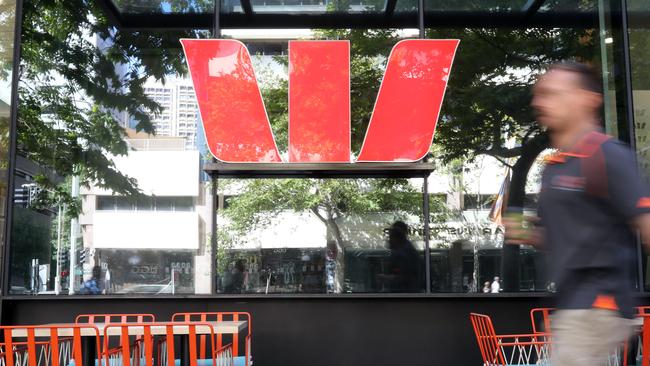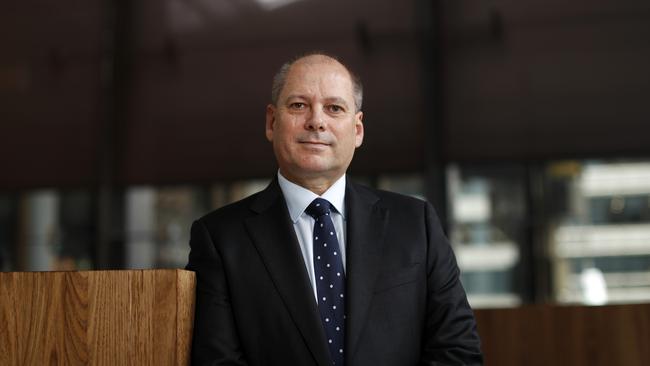Westpac and ASIC set for courtroom ‘Rumble in the Jungle’
ASIC and Westpac are no strangers to the nation’s courtrooms, and the same old faces are involved.

If ASIC is to be believed, Westpac’s derivatives trading desk went rogue in the mid-morning of October 20, 2016, engaging in insider trading to put the bank’s own interests ahead of a consortium of clients splashing out $16.2bn for half of Ausgrid, the NSW “poles and wires” business.
But where ASIC sees black and white, Westpac sees plenty of grey, and in the absence of any settlement is likely to argue it did nothing more over a key two-hour period than engage in long-accepted market behaviour.
Events on the day in question unfolded rapidly, with a consortium featuring AustralianSuper and IFM entities inking a deal with the NSW Government at 7.30am to buy a 50.4 per cent Ausgrid stake.
By 8.30am, according to ASIC, word had filtered through to Westpac’s derivatives trading desk that it was “highly likely” the consortium would do a $12bn swap deal with Westpac alone.
This would protect the consortium’s interests by switching the variable interest rates for the debt funding to fixed rates.
Westpac, though, wanted protection for its own exposure, so its traders went to work.
Over the next two hours, until the consortium executed its swap deal with Westpac at 10.27am, the traders put through hundreds of transactions in the derivatives market.
Effectively, the bank was “prepositioning” its trading book, according to ASIC, but it did not disclose its intentions to the consortium.
The regulator alleges that the morning trading had the potential to move the prices of the traded products against the consortium’s interests.
“Westpac knew or should reasonably have known this,” court documents say.
The consortium, meanwhile, was watching the market activity and could see the impact on the prices of the securities, but wasn’t aware that Westpac was the instigator.
“Being under time and risk pressure, and having decided to limit its risk by executing the swap deal with a single bank, the consortium had no practical alternative but to execute with Westpac,” ASIC says.

Westpac and its rivals are no strangers to the nation’s courtrooms, although the Sydney-based bank has a more combative reputation than most.
New chief executive Peter King has taken a more moderate approach, saying on Wednesday that the allegations were being taken “very seriously”.
The bank, however, was considering its position, having only just received the Federal Court documents.
It won’t be lost on Westpac that ASIC has assembled the same legal team for this battle as it did for the 2016 case over attempted manipulation of the bank bill swap rate.
Westpac was the only one of the four major banks to take the matter to trial, ending up with a mixed decision that enabled both parties to claim some kind of victory.
Colin Luxford is again ASIC’s lead investigator in the current insider trading case, with Melbourne commercial silk Philip Crutchfield doubling up on court duties.
Until recently, Crutchfield was chair of the buy now, pay later group Zip Co, in which Westpac had a substantial shareholding.
Westpac has now sold its stake as part of a broader simplification strategy, and Crutchfield has handed over to Di Smith-Gander and left the Zip board.
Some observers are calling ASIC’s latest stoush with Westpac the “Rumble in the Jungle”, in reference to the high stakes.
It could equally refer to the familiarity of the parties, albeit in the unwanted environment of one of the nation’s courtrooms.
Any trial is unlikely to take place for at least 12 months.







To join the conversation, please log in. Don't have an account? Register
Join the conversation, you are commenting as Logout